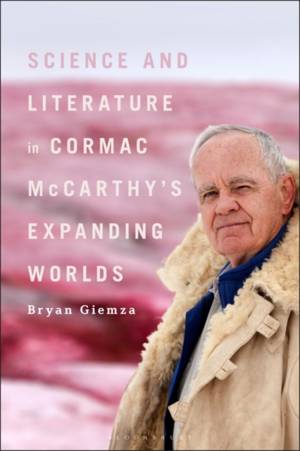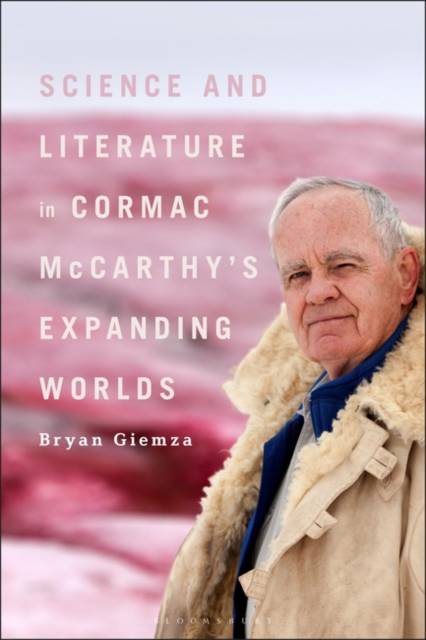
- Retrait gratuit dans votre magasin Club
- 7.000.000 titres dans notre catalogue
- Payer en toute sécurité
- Toujours un magasin près de chez vous
- Retrait gratuit dans votre magasin Club
- 7.000.000 titres dans notre catalogue
- Payer en toute sécurité
- Toujours un magasin près de chez vous
169,95 €
+ 339 points
Description
Bryan Giemza challenges the myth of the solitary genius, both in scientific and humanistic endeavors, and demonstrates how Cormac McCarthy is the exceptional figure whose work allows and encourages us to interrogate the marriage of the sciences and humanities.
Drawing from previously unsurfaced archival connections as well as a range of primary sources and interview subjects, including those close to McCarthy, Giemza places McCarthy's work within contemporary scientific discourse and literary criticism. Timely and innovative in both content and structure, the volume includes a biographical examination of the writer's love of science and the path that led him to the Santa Fe Institute and offers a rare look behind its closed doors. The book probes the STEM subjects - with chapters focused on technology, engineering, and math - within and throughout McCarthy's fictional universe and biography. The final chapter explores McCarthy's friendship with Guy Davenport and their shared interest in creating a unified aesthetic theory alongside McCarthy's essays and most recent literary projects, The Passenger and Stella Maris. In arguing that science and art are connected by aesthetics, Giemza confirms the profound truth of McCarthy's unwavering belief that "There's a beauty to science" and a language of human understanding that transcends words.Spécifications
Parties prenantes
- Auteur(s) :
- Editeur:
Contenu
- Nombre de pages :
- 184
- Langue:
- Anglais
Caractéristiques
- EAN:
- 9781501383779
- Date de parution :
- 01-06-23
- Format:
- Livre relié
- Format numérique:
- Genaaid
- Dimensions :
- 152 mm x 229 mm
- Poids :
- 417 g







